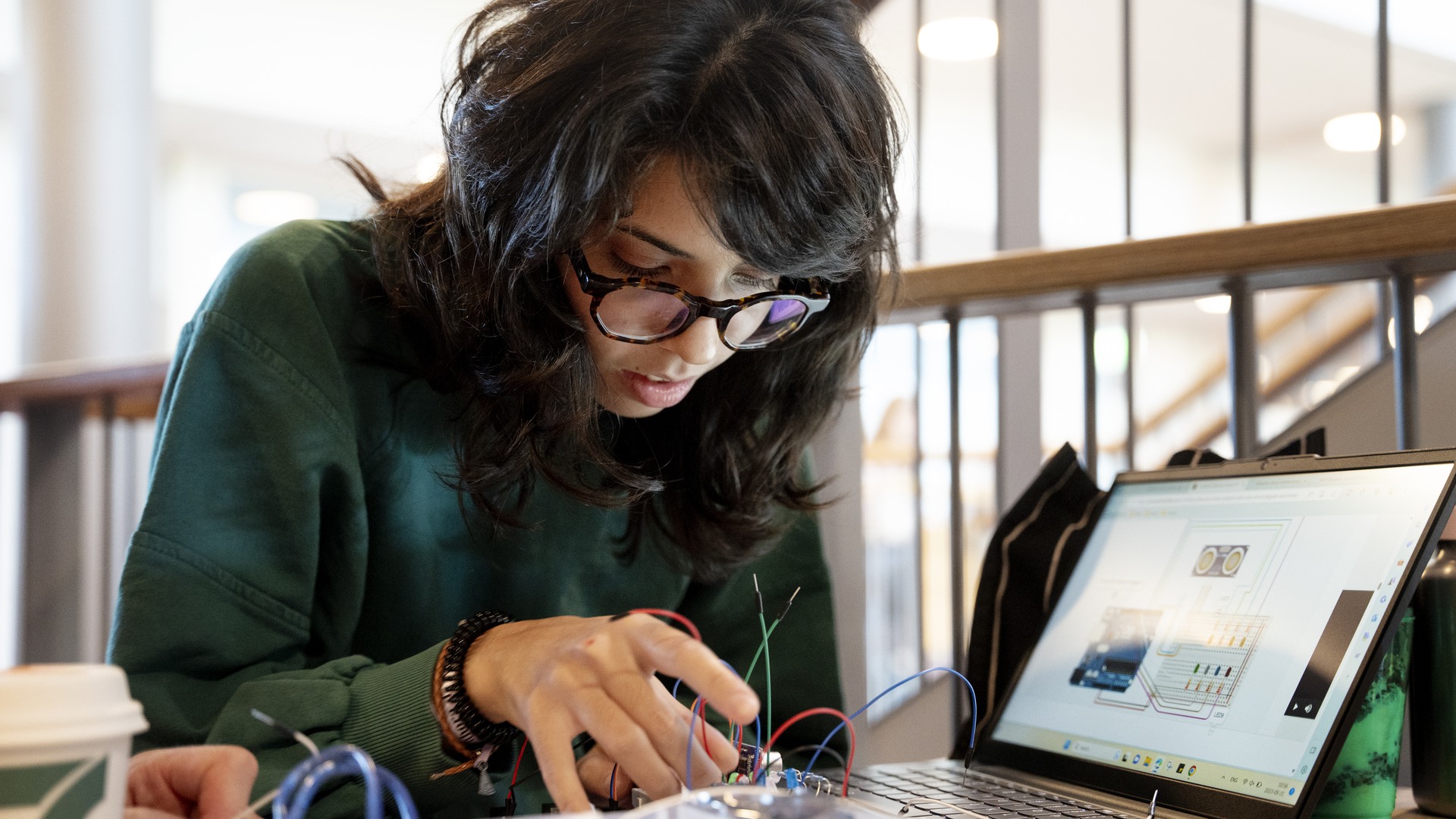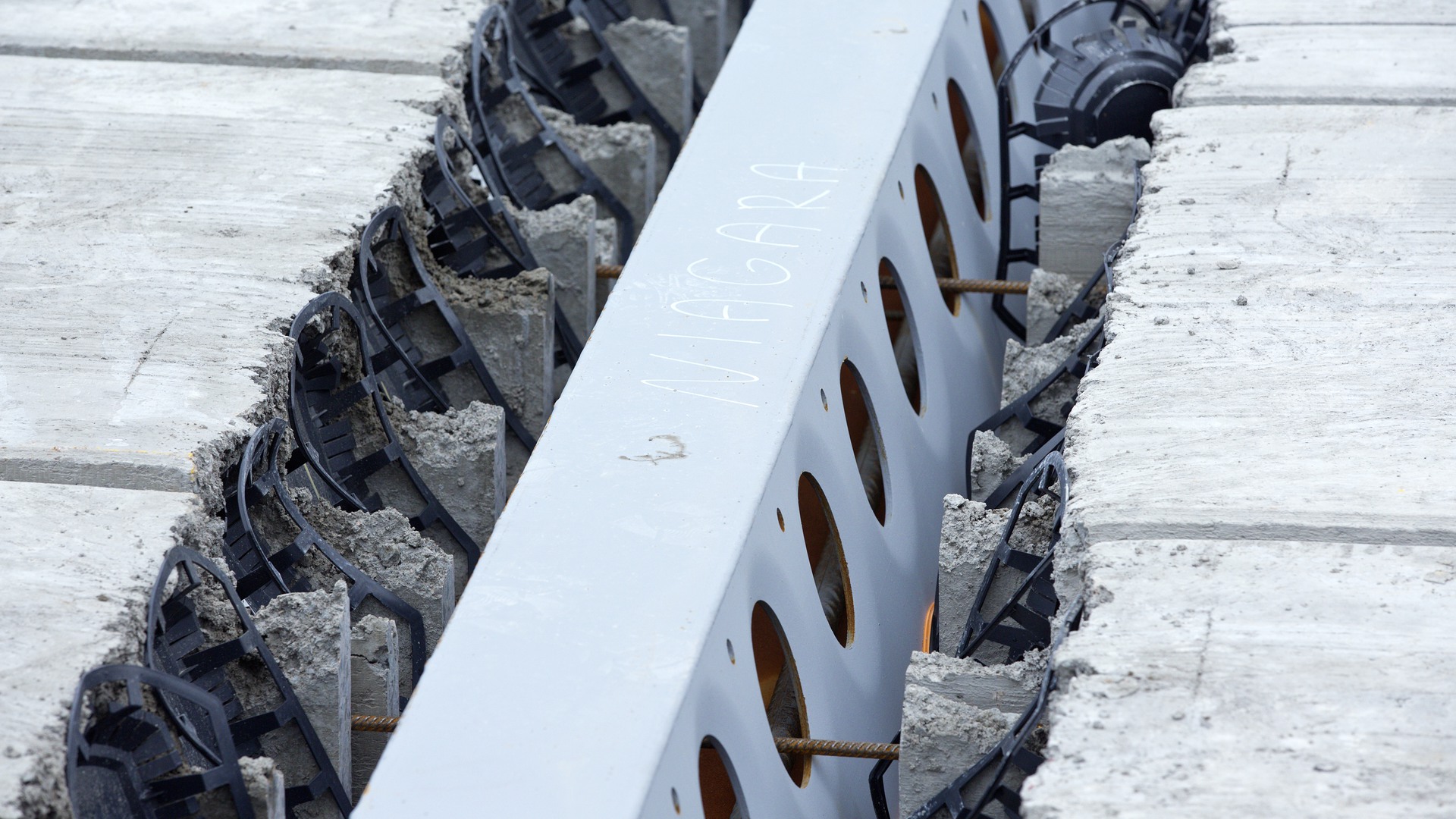The student is expected to search for, evaluate and use relevant literature independently or in discussion with the teacher.
Recommended reading:
- Callister, W. D., Rethwisch, D. G. (2020) Materials Science and Engineering, 10th ed., John Wiley & Sons Pte Ltd, Hoboken, NJ, (SI-version)
- Porter, D.A., Easterling, K.E and Sherif, M.Y (2009). Phase Transformations in Metals and Alloys, 3rd ed., Boca Raton: CRC Press
EduSinglePage
Om kursen
The objective of this course is to develop theoretically based knowledge of phase transformations so that the student can understand, describe and discuss the basic principles and the evolution of different microstructures in solid materials.
Denna kursen ges som del av program:
Kursinnehåll
The course covers the following:
- Thermodynamics, phases and phase diagrams
- Diffusion in solid materials
- Crystal structures and properties of grain boundaries and phase interfaces
- Nucleation and growth during solidification and solid-solid phase transformation
- Important diffusional and diffusionless phase transformations and their influence on the evolution of microstructures
- Project assignment, in groups, where a phase transformation process is studied using a given simulation tool
Behörighetskrav
1. Degree of Engineering in Mechanical Engineering, machine engineering, physics, chemistry or a degree in a related field. All degrees must be equivalent to at least 180 higher education credits.
2. At least 22.5 credits of Mathematics.
3. The equivalent of English 6 in Swedish secondary school or equivalent
Kurslitteratur
Kursvärdering
The University provides students who are taking or have completed a course with the opportunity to share their experiences of and opinions about the course in the form of a course evaluation that is arranged by the University. The University compiles the course evaluations and notifies the results and any decisions regarding actions brought about by the course evaluations. The results shall be kept available for the students. (HF 1:14).


